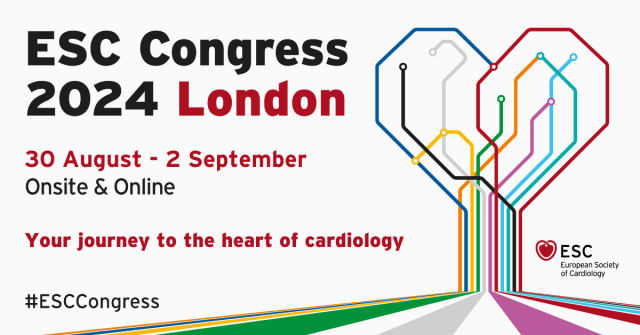The relationship between aortic stenosis and valve disease is well established, with revascularization rates in this population at approximately 15%. However, clinical practice guidelines still do not provide a clear indication for concomitant treatment of these two conditions.

In the NOTION 3 trial, 455 patients with severe aortic stenosis and coronary artery disease were randomized 1:1 to receive TAVI + percutaneous coronary intervention (PCI) or TAVI alone. The primary endpoint was the incidence of major cardiovascular events (MACE), including mortality, myocardial infarction (MI), or urgent revascularization, over more than one year of follow-up.
Results showed a reduction in the primary endpoint by approximately 30% (26% in the TAVI + PCI group versus 36% in the TAVI-only group). Additionally, there was a ~50% reduction in MI events (7% versus 14%). However, due to the use of dual antiplatelet therapy, there was a ~30% increase in bleeding events (28% versus 20%).
Therefore, the authors concluded that PCI, compared to its absence, reduced the risk of all-cause mortality, myocardial infarction, or urgent revascularization in patients undergoing TAVI during a 2-year follow-up.
Presented by Jacob Lønborg at the Hot-Line Sessions, ESC Congress 2024, August 30-September 2, London, England.
Subscribe to our weekly newsletter
Get the latest scientific articles on interventional cardiology





